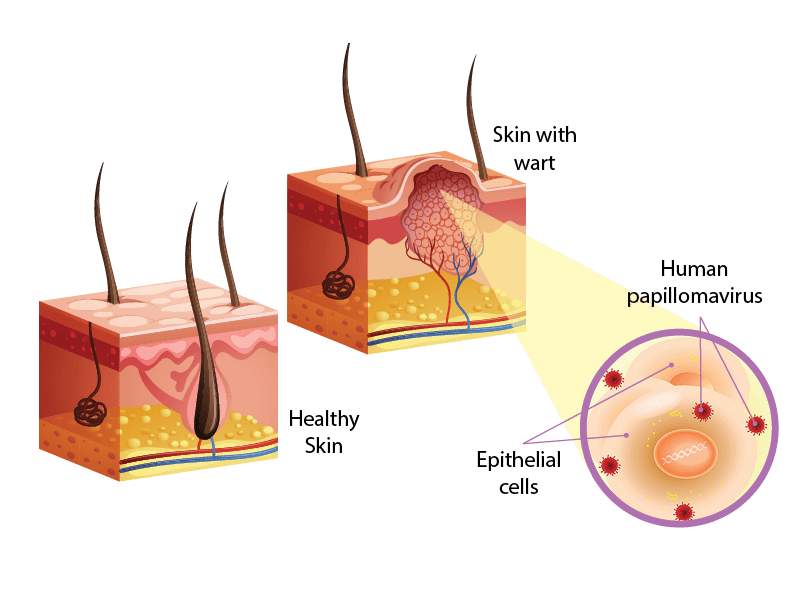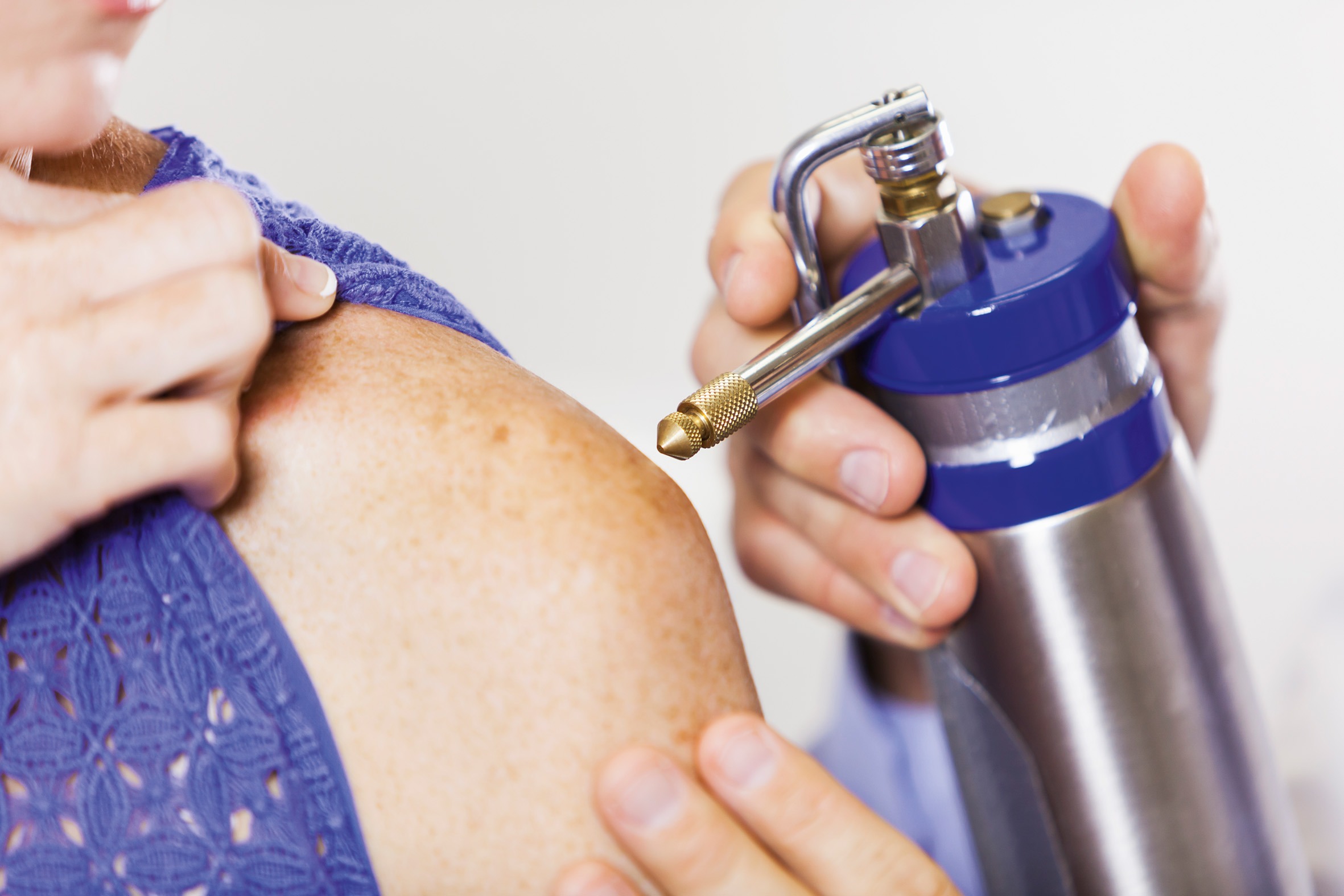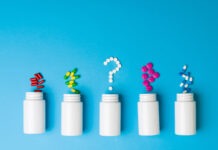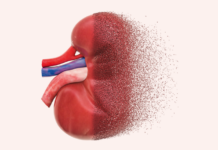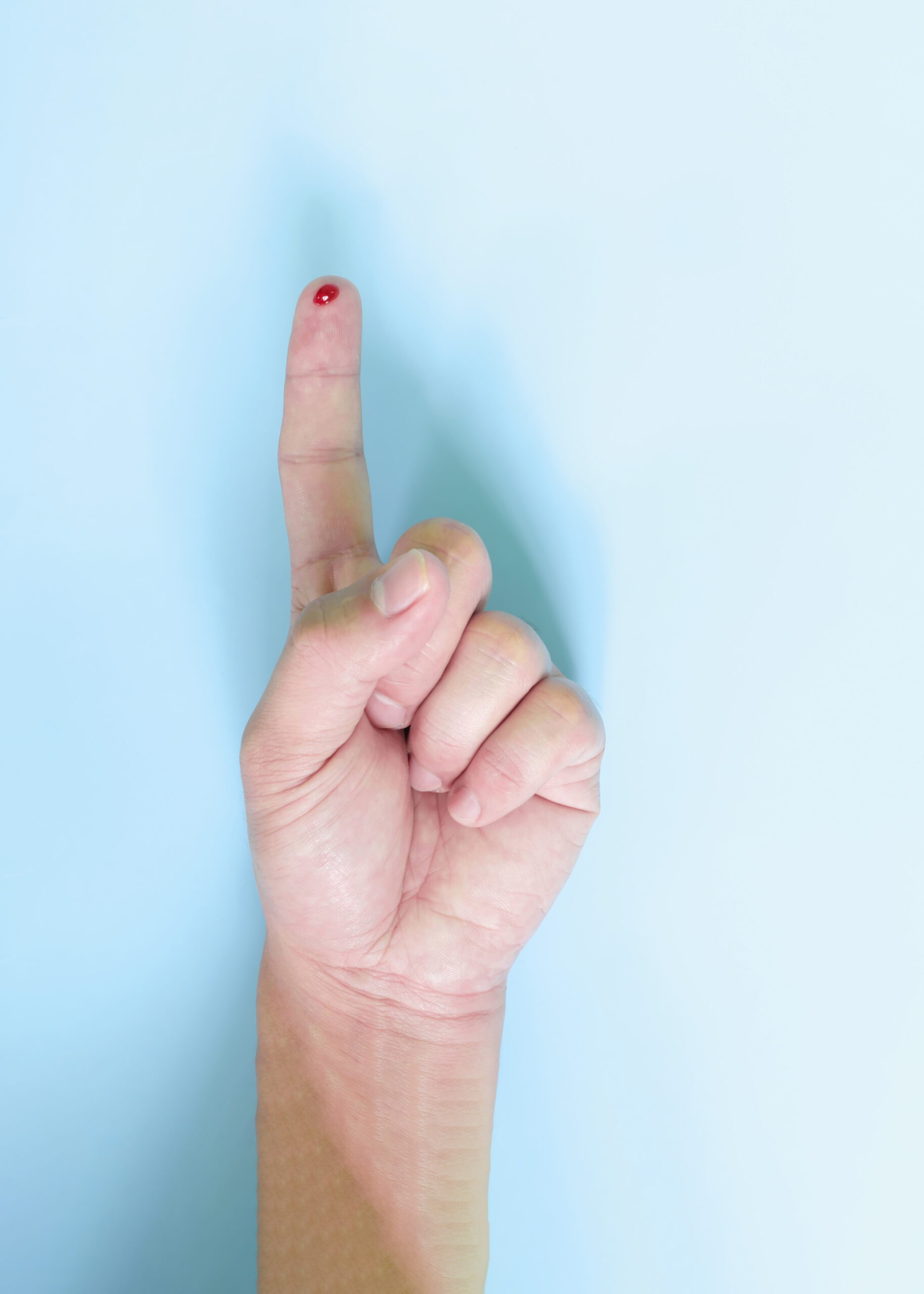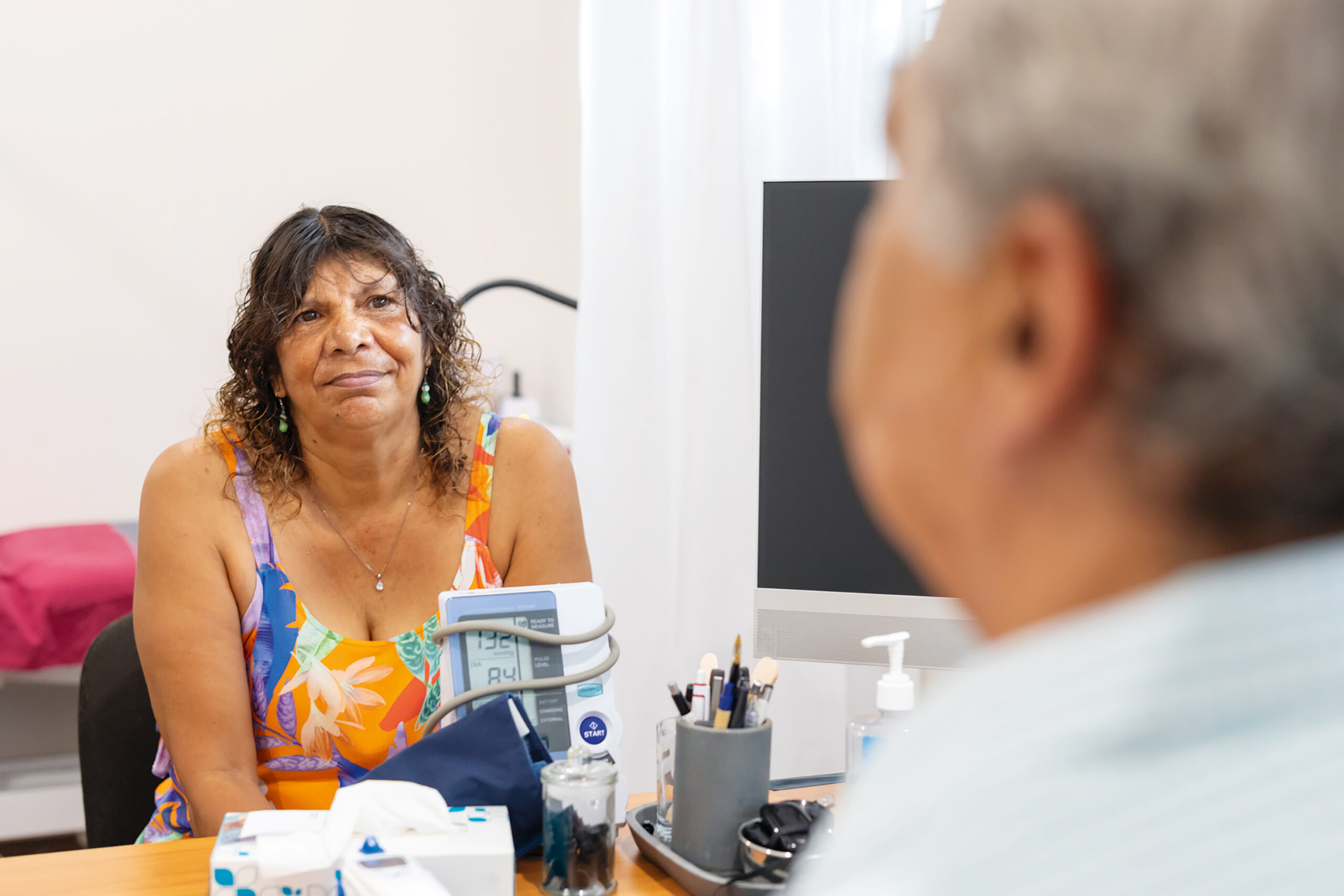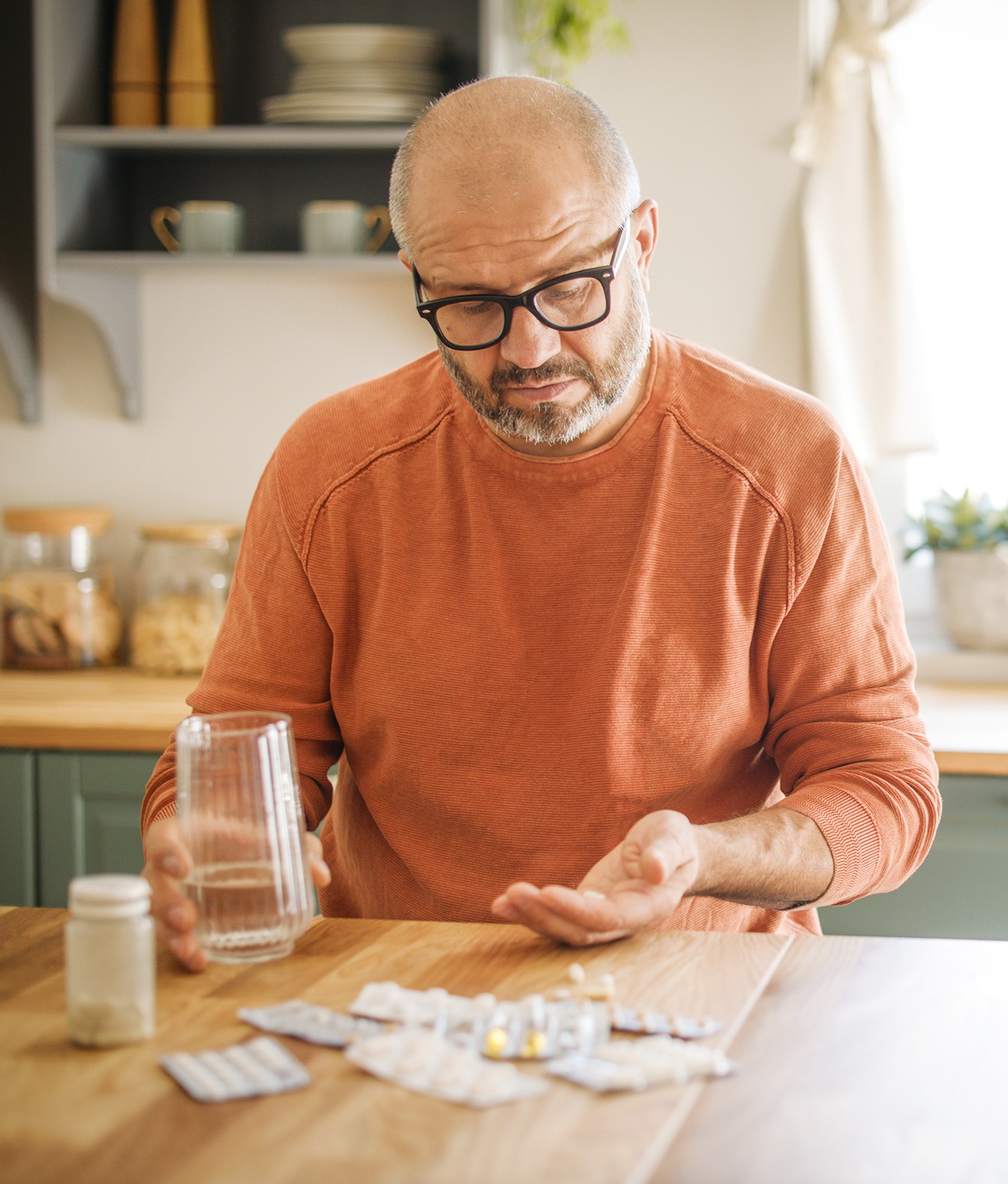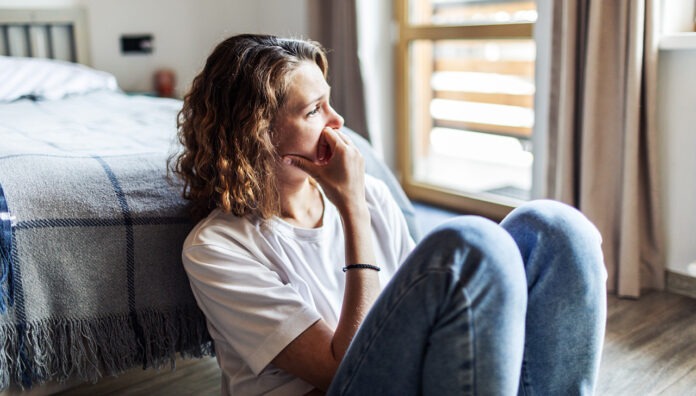From 1 May, Spravato (esketamine) will be subsidised under the Pharmaceutical Benefits Scheme (PBS) for adults with treatment-resistant depression, intended for use alongside a newly initiated oral antidepressant.
Up to 30,000 Australians are anticipated to access esketamine via the PBS, paying only $7.70 per dose with a pensioner or concession card, or $31.60 per dose for general patients.
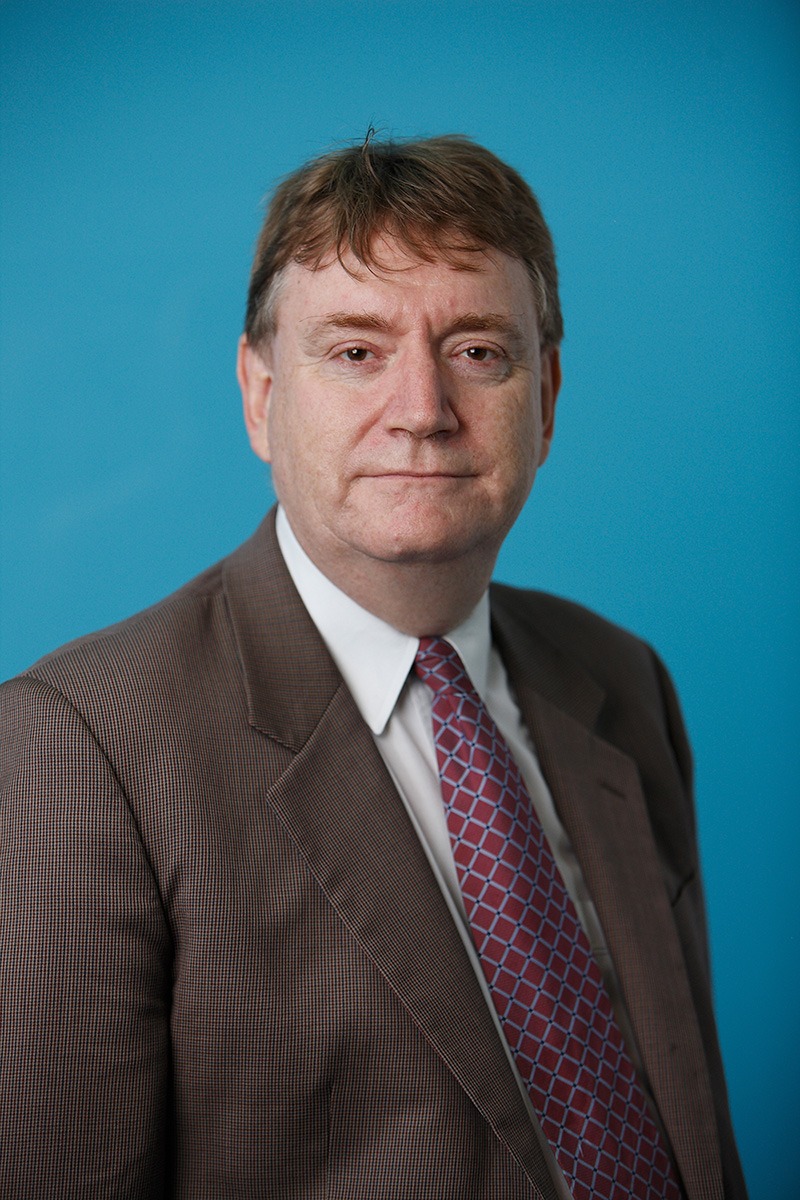
Australian Pharmacist spoke with Professor Malcolm Hopwood, Ramsay Health Care Professor of Psychiatry at the University of Melbourne, about the treatment process and how pharmacists will be involved.
How effective is esketamine in managing treatment resistant depression?
The largest clinical trials on esketamine efficacy found that about 50% of patients who had not responded to two or three antidepressants did respond to esketamine, Prof Hopwood said.
‘If you compare that to trialing one of the usual medicines, the response rate for the third or fourth [medicine] is probably only about 15%,’ he said. ‘So it’s quite a jump up in terms of response rate.’
Who is eligible to be prescribed esketamine nasal spray?
Those diagnosed with treatment-resistant depression, defined as major depressive disorder that has not responded sufficiently to at least two different antidepressants, each administered at an adequate dose and duration, for the treatment of the current moderate to severe depressive episode.
Who is not a good candidate for this treatment?
Esketamine is currently not indicated for bipolar depression. And caution should be taken for patients with psychotic depression, Prof Hopwood said.
‘[This is] because ketamine, when used in much higher doses, has psychogenic potential,’ Prof Hopwood said.
There is also a precautionary note in the product information around patients with marked hepatic or renal impairment.
‘In terms of drug-drug interactions, it should not be used together with an irreversible monoamine oxidase inhibitor, which these days is only Parnate,’ he said. ‘While not widely used now, it’s an important interaction to be aware of.’
What’s the duration of therapy?
Esketamine is initially administered twice weekly for the first 4 weeks, Prof Hopwood said.
‘By the end of that 4-week period, we’ve usually got a sense whether you’re a responder or not.’
Treatment usually stops in non-responders, with responders moving to a once-weekly treatment regimen.
‘Eventually, fortnightly treatment for a 6-month maintenance period is what we recommend,’ Prof Hopwood said.
Is re-treatment recommended?
Given that depression is a highly recurrent condition, it is likely some patients will relapse post treatment. And re-treatment with esketamine could prove beneficial, Prof Hopwood said.
‘There is some data about re-treatment … [with] evidence showing that responders do seem to have a good response rate the second time around,’ he said. ‘That will be permitted under this funding scheme.’
How is esketamine supplied?
Patients cannot be in possession of the spray until they are in the clinic for administration under supervision, Prof Hopwood said.
‘Esketamine needs to be administered in an approved treatment center that involves close supervision for side effects such as dissociation and hypertension,’ he said.
Appropriate pharmacist handling of a Schedule 8 medicine is also required.
‘In our facility, we are fortunate to have an on-site pharmacist who dispenses [the medicine] to a nurse, and then the patient self-administers,’ Prof Hopwood said.
‘But the patient neither brings the medicine to the clinic or takes it away. The intent … is to reduce the risk of diversion.’
Facilities that do not have an on-site pharmacist must establish and demonstrate a connection with a local community pharmacy to qualify as an approved treatment centre.
Is talk therapy involved in the session?
Treatment with esketamine does not involve psychotherapy. However, there is a small body of research currently looking at ketamine-facilitated psychotherapy, Prof Hopwood said.
‘We still don’t know whether that offers additional benefit for many patients, [but] if esketamine proves an effective treatment for their depression, they may be able to utilise psychotherapy much more effectively – which they might not be able to do when severely depressed.’
What are the estimated costs of esketamine sessions?
The estimated cost is $300–$350 per treatment session, Prof Hopwood said.
In most clinics, the doctor will see the patient on treatment occasions, but less so as treatment becomes established.
‘If the doctor does visit before the treatment is administered, then they can claim through Medicare as per usual,’ he said. ‘But the nursing and pharmacy [costs] will not be covered.’
Are patients supposed to disassociate when they take esketamine?
Dissociation with treatment is frequent, albeit mild and transient for most patients, Prof Hopwood said.
‘For up to half an hour they [may] feel a little dreamy and not unpleasant,’ he said.
Some evidence suggests that mild dissociative effects may be required for the drug to be effective in the treatment of depression, although this is not definitive, Prof Hopwood said.
‘We monitor patients during that time and keep them safe,’ he said. ‘Most of them simply want to lie there and listen to music or just bliss out for a short period of time.’
While there is no reversal agent for esketamine, any periods of distress are typically short lived.
‘We’ve had a very small number of patients distressed, consistent with the trials,’ Prof Hopwood said. ‘And they’ve generally responded to quite simple reassurance.’
Patients’ blood pressure is also monitored ‘It’s rarely severe enough that intervention is required, but there can be a transient increase, as we’ve known from the use of ketamine as an anaesthetic,’ he said.
Where should pharmacists refer interested patients?
GPs are an important resource for knowing where the available treatment centers are, Prof Hopwood said.
‘There is a list of those available, and I predict that number may increase over time now that esketamine is funded.’
There are high levels of patient interest in esketamine and psychedelics, Prof Hopwood said.
‘So it’s important they receive accurate, quality information that includes realistic expectations about the likelihood of treatment response and what’s involved,’ he said. ‘And pharmacists are very well placed to provide that kind of information.’
What is preferable: esketamine or psychedelics?
Since 1 July 2023, patients with treatment-resistant depression have legally been allowed to receive treatment with psilocybin and MDMA, under specific conditions.
There is a degree of overlap between the patient populations considered suitable for ketamine and psychedelic therapy, Prof Hopwood said.
‘Most of the current guidance, including from The Royal Australian and New Zealand College of Psychiatrists, would say that psychedelic therapy is still more at a research level,’ he said.
‘Whereas, esketamine, reflected in the funding, has reached a higher level of evidence at this point.
‘So I would certainly see it as coming before psychedelic therapy in any hierarchy.’
To find out more about the use of psilocybin for treatment-resistant depression, read Australian Pharmacist’s CPD article on the therapeutic potential of psychedelics.



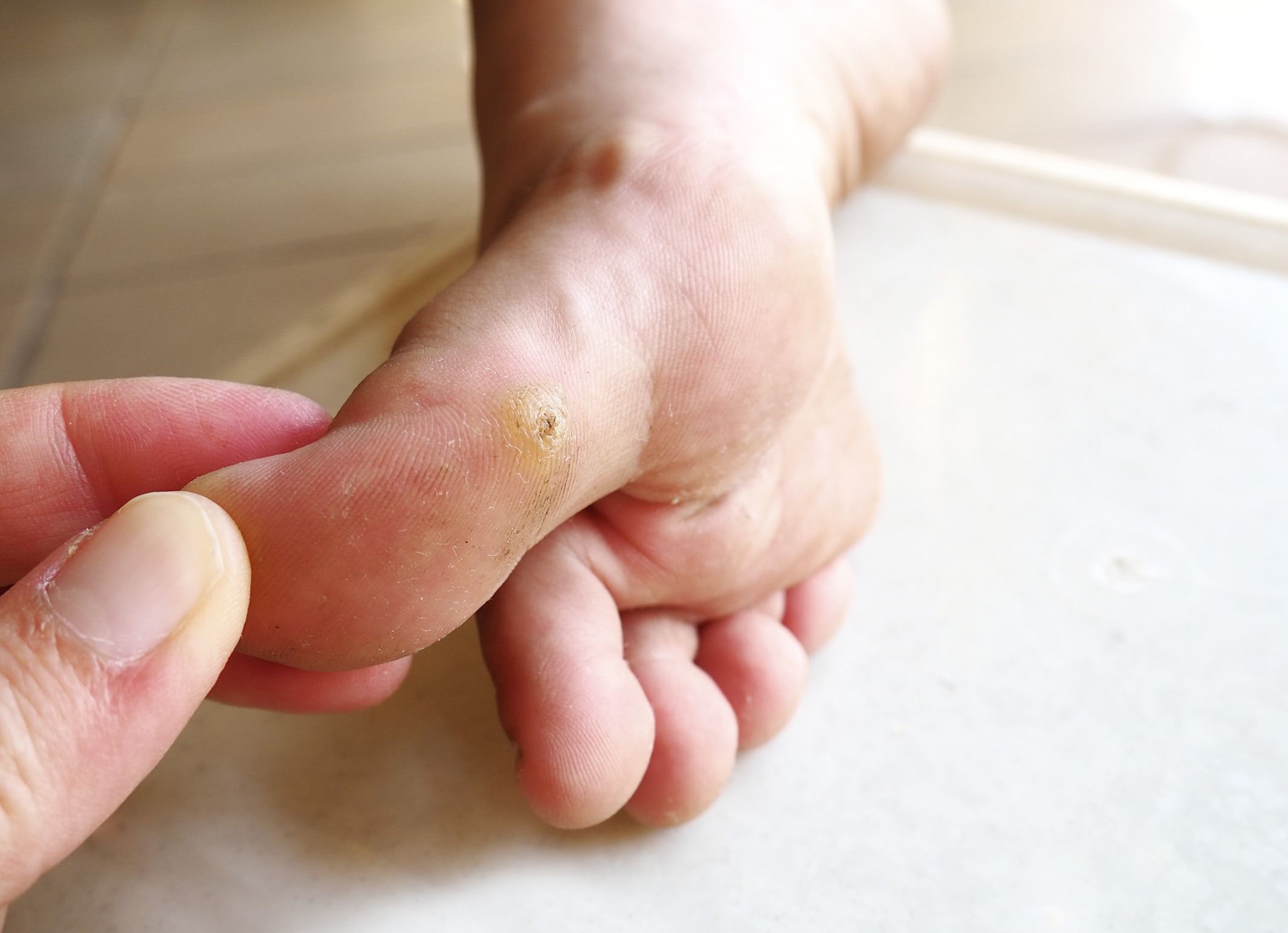
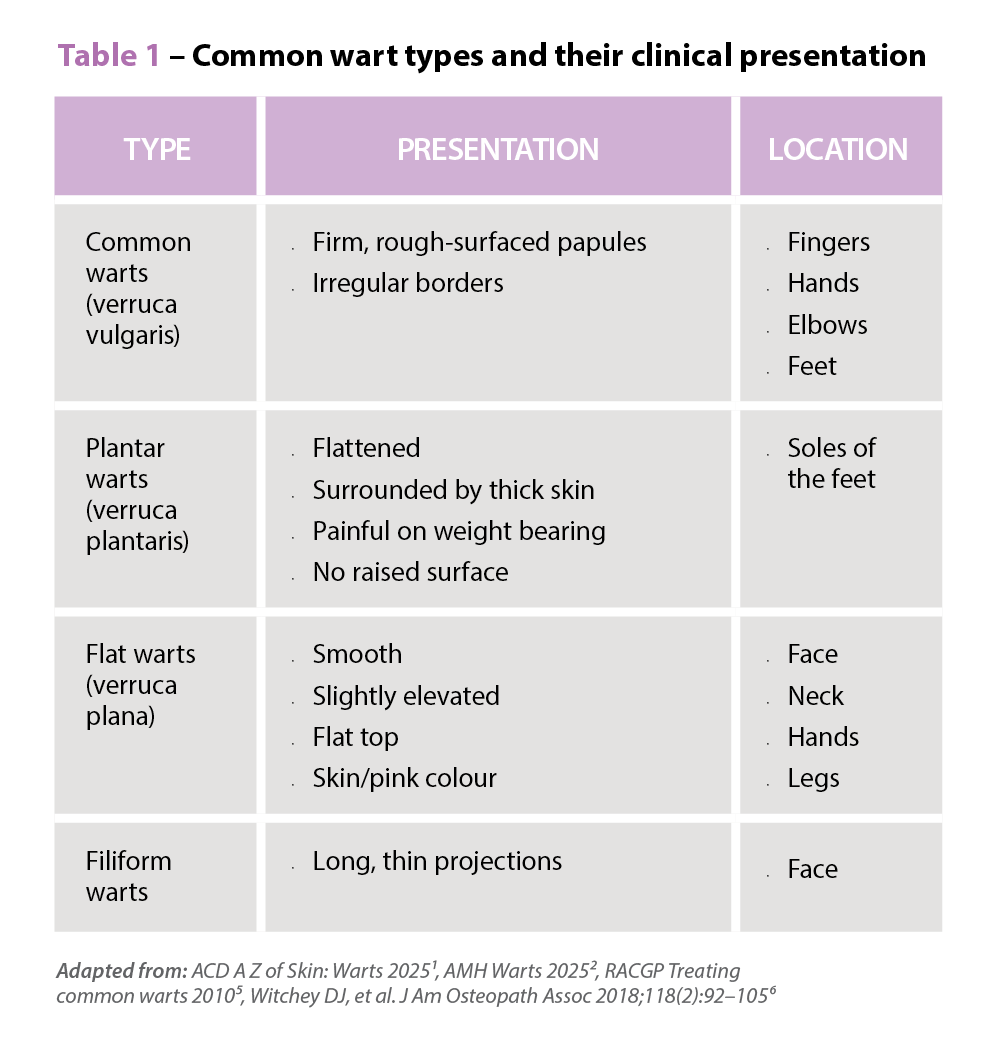 Symptoms
Symptoms